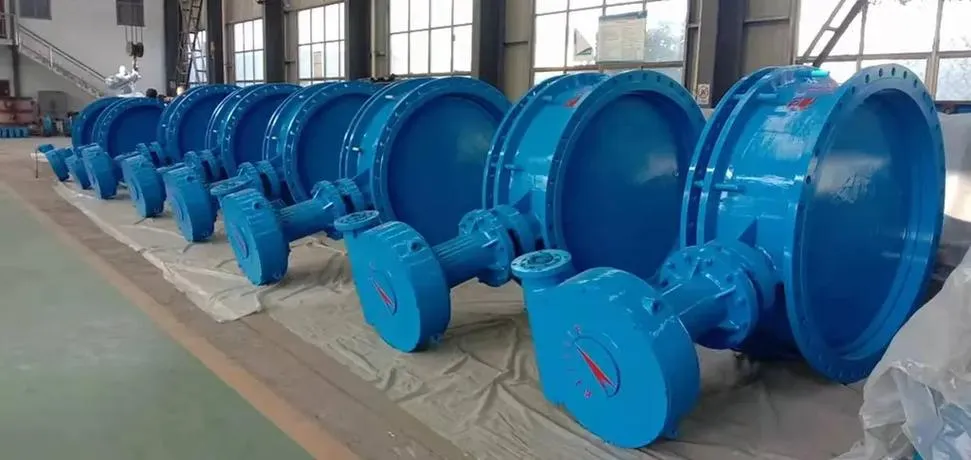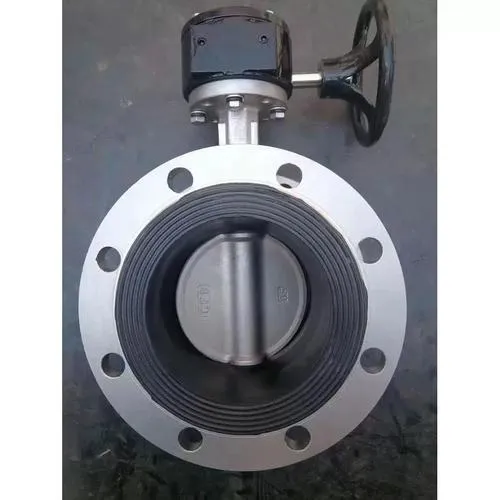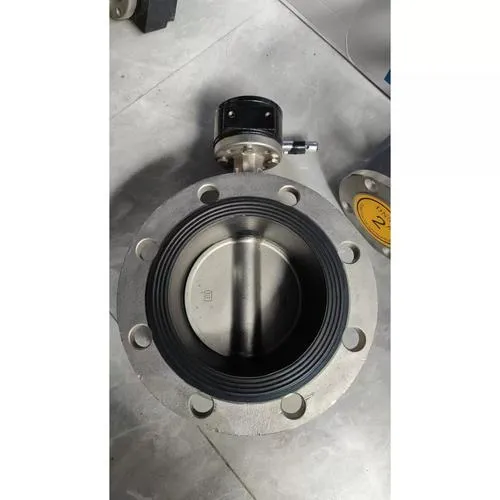Jun . 12, 2025 15:09 Zréck op d'Lëscht
Butterfly Valve Types Corrosion Resistance
Butterfly valves are essential components in industrial fluid control systems, offering efficient flow regulation and shut-off capabilities. Among their critical attributes, corrosion resistance stands out as a vital factor, especially in harsh environments where chemical exposure, moisture, or extreme temperatures are prevalent. This article explores the relationship between butterfly valve types and their corrosion-resistant properties, focusing on design variations, material choices, and specific applications. We will also address common questions about butterfly valve performance, including insights into specialized sizes like the 4 inch butterfly valve and the 3 butterfly valve.

Understanding Different Butterfly Valve Types and Their Corrosion Resistance
Butterfly valve types are categorized based on design, seating mechanisms, and material composition. Each type offers unique advantages in resisting corrosion, depending on the application environment.
- Wafer-Style Butterfly Valves:
These valves are lightweight and cost-effective, often used in low-to-medium pressure systems. Their corrosion resistance depends on the materials used for the disc and seat. For example, stainless steel discs with EPDM (ethylene propylene diene monomer) seats provide excellent resistance to water, acids, and alkalis. However, in highly corrosive environments, coatings like PTFE (polytetrafluoroethylene) may be applied to enhance durability. - Lug-Style Butterfly Valves:
Designed for higher pressure applications, lug-style valves feature threaded inserts for pipeline mounting. Their corrosion resistance is enhanced by using duplex stainless steel or nickel-aluminum bronze discs, which withstand aggressive fluids like seawater or chlorinated chemicals. - High-Performance Butterfly Valves:
These valves incorporate metal seats and advanced sealing technologies, making them ideal for extreme temperatures and corrosive media. Materials like Hastelloy or titanium discs are often employed in chemical processing plants to resist pitting and crevice corrosion.
Selecting the right butterfly valve types ensures longevity and reliability, even in corrosive settings. Manufacturers prioritize material compatibility with operational fluids to minimize degradation over time.

How Material Choices Enhance Butterfly Valve Corrosion Resistance
The butterfly valve’s ability to resist corrosion hinges on the materials used in its construction. Below are common materials and their corrosion-resistant properties:
- Stainless Steel (SS316/SS304):
Widely used for discs and bodies, stainless steel offers robust resistance to oxidation and mild chemical exposure. SS316 is preferred in marine environments due to its molybdenum content, which combats chloride-induced corrosion. - PVC (Polyvinyl Chloride):
Lightweight and affordable, PVC valves excel in handling acidic or alkaline solutions. They are ideal for water treatment plants but unsuitable for high-temperature applications. - Duplex Stainless Steel:
Combining austenitic and ferritic steel properties, duplex alloys provide superior strength and resistance to stress corrosion cracking, making them suitable for oil and gas pipelines. - PTFE-Lined Valves:
Valves lined with PTFE (Teflon) offer unmatched chemical inertness. They are used in pharmaceutical industries where aggressive solvents are present.
For specialized sizes like the 4 inch butterfly valve, material selection becomes even more critical. For instance, a 4-inch valve in a chemical plant might use a PTFE-lined body with a stainless steel disc to balance cost and performance.

Applications of the 4 Inch Butterfly Valve in Corrosive Environments
The 4 inch butterfly valve is a popular choice for mid-sized pipelines in industries requiring corrosion-resistant solutions. Its compact design and efficient flow control make it suitable for:
- Water Treatment Facilities:
Resistant to chlorine and ozone, EPDM-seated 4-inch valves are used in disinfection systems. - Chemical Processing:
PTFE-lined valves handle sulfuric acid or caustic soda transfer without degradation. - Marine Systems:
Duplex stainless steel valves prevent saltwater corrosion in shipboard cooling systems.
Manufacturers often customize the 4 inch butterfly valve with coatings or composite seats to extend service life in abrasive or high-pH environments.
The Role of the 3 Butterfly Valve in Niche Industrial Applications
The 3 butterfly valve, though less common than standard sizes, serves specialized roles where space constraints or unique flow requirements exist. Its corrosion resistance is tailored to specific use cases:
- HVAC Systems:
Compact 3-inch valves with rubber-lined bodies regulate chilled water circuits, resisting mineral buildup and mild corrosion. - Food and Beverage Production:
Sanitary-grade stainless steel valves meet hygiene standards while resisting cleaning agents like hydrogen peroxide. - Pharmaceutical Manufacturing:
PTFE-coated 3-inch valves ensure purity and chemical resistance in sterile processing lines.
Despite its niche application, the 3 butterfly valve benefits from the same material advancements as larger valves, ensuring reliability in demanding conditions.

FAQs About Butterfly Valve Corrosion Resistance
What materials are best for a butterfly valve in saltwater environments?
Stainless steel (SS316) or duplex stainless steel are ideal due to their high chloride resistance. For added protection, PTFE coatings can be applied to the disc and seat.
How does a 4 inch butterfly valve handle high-temperature corrosive fluids?
Valves with metal seats (e.g., stainless steel or Hastelloy) and graphite seals are recommended. These materials withstand temperatures up to 600°F while resisting chemical attack.
Can the 3 butterfly valve be used in acidic applications?
Yes, if constructed with PTFE-lined bodies or PVC components. These materials prevent acid-induced degradation, ensuring long-term performance.
Are all butterfly valve types suitable for abrasive slurries?
No. Wafer-style valves with rubber seats may wear quickly. High-performance valves with hardened metal seats or ceramic coatings are better suited for abrasive media.
What maintenance extends the life of a butterfly valve in corrosive settings?
Regular inspection of seals and discs, flushing to remove residue, and applying anti-corrosion lubricants can significantly prolong valve lifespan.
Understanding the interplay between butterfly valve types and corrosion resistance is crucial for optimizing industrial operations. From the versatile 4 inch butterfly valve to the specialized 3 butterfly valve, material selection and design innovations ensure these components withstand even the harshest conditions. By prioritizing corrosion-resistant materials and adhering to maintenance best practices, industries can achieve reliable, long-lasting fluid control solutions. Manufacturers continue to advance valve technologies, offering tailored options to meet evolving industrial demands.
-
Precision Manufacturing with Advanced Spline Gauge DesignNeiegkeetenJul.31,2025
-
Industrial-Grade Calibrated Pin Gauges for Exact MeasurementsNeiegkeetenJul.31,2025
-
Industrial Filtration Systems Depend on Quality Filter DN50 SolutionsNeiegkeetenJul.31,2025
-
High-Performance Gate Valve WholesaleNeiegkeetenJul.31,2025
-
Granite Surface Plate The Ultimate Solution for Precision MeasurementNeiegkeetenJul.31,2025
-
Granite Industrial Tools The Ultimate Guide for Bulk BuyersNeiegkeetenJul.31,2025
Zesummenhang PRODUITEN









